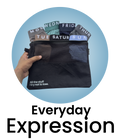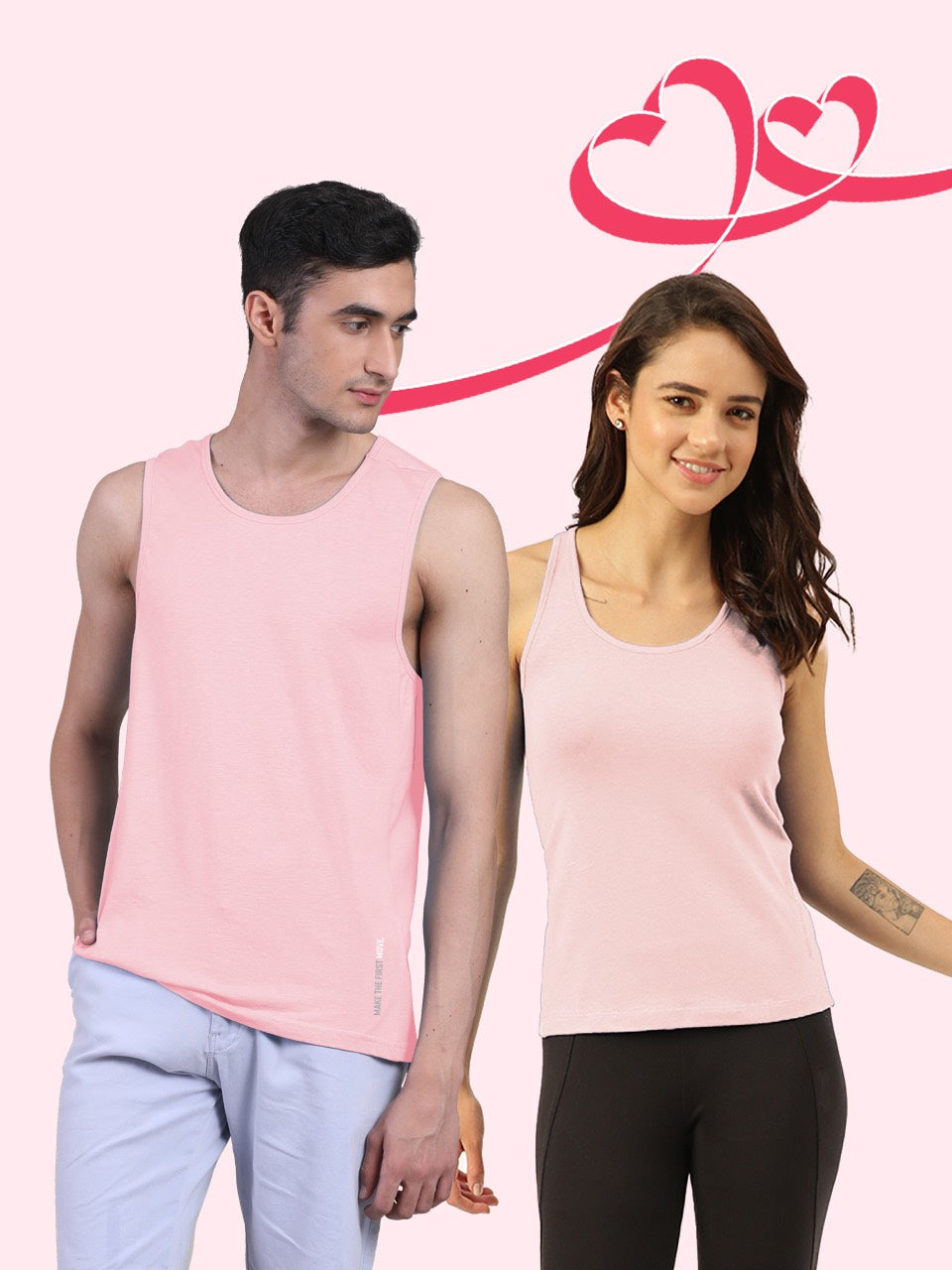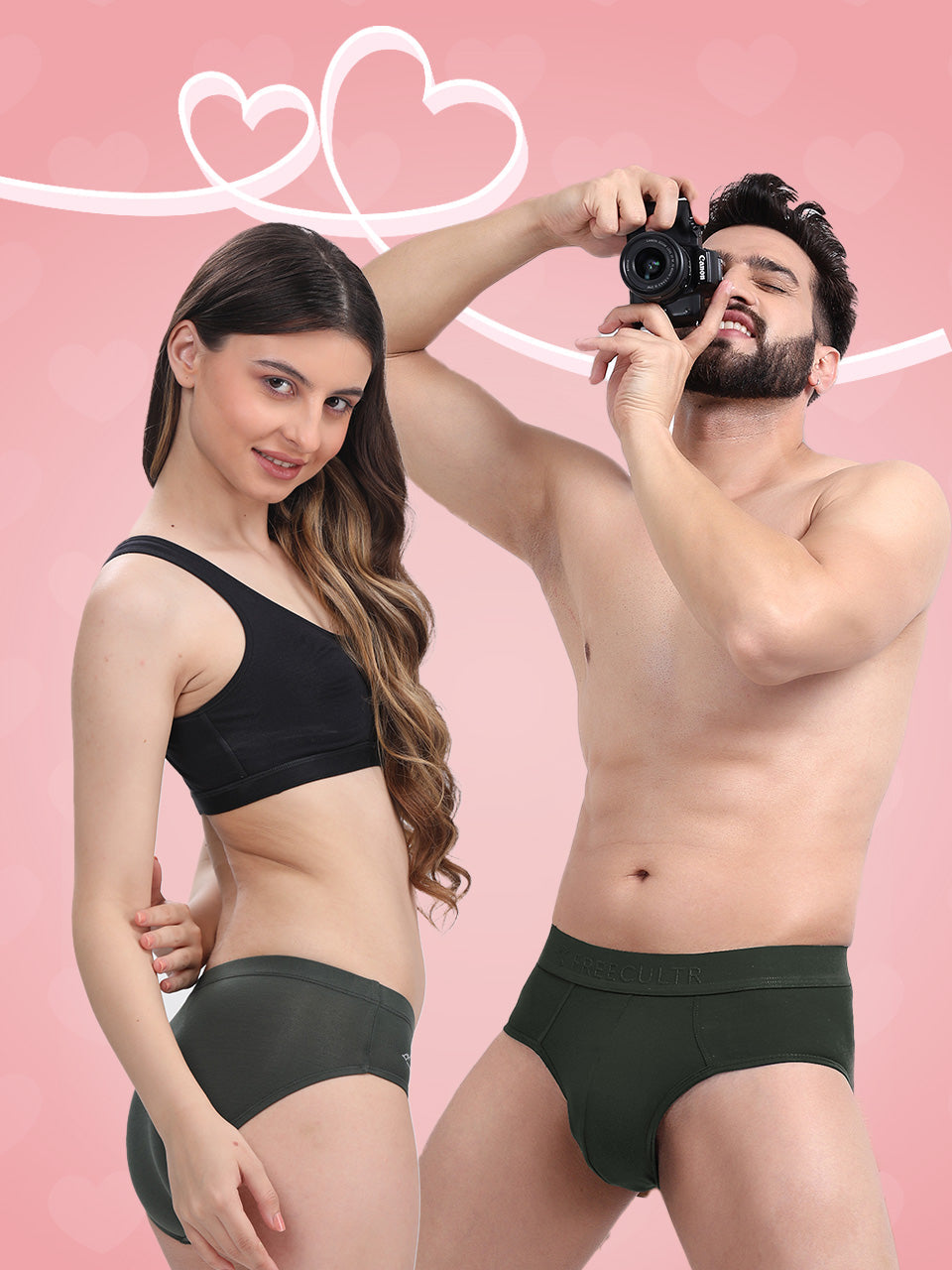Traditional dress for men stands as a powerful testament to cultural identity, evolving from ceremonial garments to sophisticated daily wear that honors ancestral narratives. Today, the modern gentleman increasingly seeks attire that seamlessly fuses this rich heritage with unparalleled contemporary comfort and reliability. Designers are actively reinterpreting iconic silhouettes, from the flowing South Asian kurta to the vibrant West African dashiki, integrating advanced fabric technologies and ergonomic tailoring. This innovative approach ensures that traditional ensembles are not only visually striking but also supremely comfortable and durable for the demands of modern life, reflecting a significant shift towards practical elegance in preserving cultural sartorial traditions.

Understanding the Enduring Appeal of Traditional Dress for Men
Ever wondered why some outfits just stick around, generation after generation? It’s not just about looking good; it's about telling a story, carrying a legacy. connecting with something bigger than ourselves. That’s the magic of traditional dress for men. These aren't just clothes; they're cultural statements, woven from history, identity. regional pride. From the vibrant patterns of an African dashiki to the tailored elegance of a Japanese kimono, each piece speaks volumes without saying a word. In a world that's always chasing the next big trend, the enduring appeal of these garments reminds us that some things are timeless, truly reflecting who we are and where we come from. So, let's dive into why these incredible outfits continue to capture our hearts and wardrobes!
A Journey Through Global Styles: Iconic Traditional Dress for Men
Let's take a quick trip around the globe and explore some of the most iconic pieces of traditional dress for men. Each one is a window into a unique culture, offering a blend of history, artistry. often, surprising comfort!
| Region/Country | Traditional Dress for Men | Description & Significance | Common Occasions |
|---|---|---|---|
| India | Kurta-Pajama, Dhoti, Sherwani | The Kurta-Pajama is a comfortable tunic and loose trousers, often made from cotton or silk, symbolizing everyday elegance. The Dhoti is a traditional unstitched garment draped around the waist and legs, representing humility and tradition. The Sherwani is a long, coat-like garment, often embroidered, worn for formal events and weddings, denoting grandeur. | Festivals, weddings, religious ceremonies, formal gatherings. |
| Scotland | Kilt | A knee-length garment with pleats at the rear, typically made of wool in a specific tartan pattern unique to a clan or region. It's a powerful symbol of Scottish identity, heritage. pride. | Weddings, ceilidhs (traditional Scottish dances), Highland Games, formal events. |
| Japan | Kimono, Hakama | The Kimono is a traditional full-length robe with wide sleeves, wrapped around the body and secured with an obi (sash). It's a symbol of Japanese culture and artistry. The Hakama are formal pleated trousers, often worn over a kimono, traditionally by samurai and for martial arts. | Weddings, tea ceremonies, festivals, formal celebrations, martial arts. |
| Middle East / North Africa | Thobe/Dishdasha, Djellaba | The Thobe (or Dishdasha) is a simple, ankle-length garment, typically white or dark, worn across the Arabian Peninsula, signifying modesty and cultural identity. The Djellaba is a loose, hooded robe, often with intricate embroidery, common in North Africa, offering comfort and protection from the elements. | Daily wear, religious gatherings, cultural events, formal occasions. |
| West Africa | Dashiki, Agbada | The Dashiki is a colorful, loose-fitting tunic, often embroidered, popular across West Africa and in the African diaspora, symbolizing pride and cultural identity. The Agbada is a large, flowing robe consisting of four pieces: trousers, an inner tunic, an outer robe. a cap, worn by men of high status. | Festivals, celebrations, weddings, formal events, daily wear (Dashiki). |
The Threads of History: What Makes Traditional Garments Unique?
What sets traditional dress for men apart isn't just their look. the stories woven into their very fabric. These garments are often products of generations of craftsmanship, embodying specific cultural values through their materials, construction. symbolism.
- Materials Matter Historically, traditional dress relied heavily on natural fibers available locally. Think soft, breathable cotton in India, luxurious silk in Japan, warm wool in Scotland, or sturdy linen across many regions. These materials weren't just chosen for comfort; they were often linked to status, climate. the availability of resources. The way these fabrics are spun, dyed. treated gives each garment its unique texture and drape.
- Construction & Craftsmanship Many traditional garments involve intricate hand-stitching, specialized cuts. draping techniques that have been passed down through families and communities. The pleats of a kilt, the precise folds of a kimono, or the intricate embroidery on a sherwani are not accidental; they're the result of skilled artistry. These details aren't just aesthetic; they often dictate how the garment moves, breathes. sits on the body.
- Symbolism & Storytelling Every color, pattern. embellishment in traditional dress for men can carry deep meaning. A specific tartan pattern tells you which clan a Scot belongs to. The colors and motifs on an African dashiki can represent prosperity, fertility, or even a specific ethnic group. Embroidery might denote marital status, social standing, or regional identity. These garments are living archives, telling stories of history, belief. community.
Marrying Heritage with Modern Comfort: The Evolution of Traditional Wear
While the allure of heritage is undeniable, let's be real: sometimes traditional garments, in their purest, historical form, weren't always designed for our fast-paced, comfort-first modern lives. Think heavy silks in humid climates or stiff fabrics that limit movement. But here's the exciting part: traditional dress for men is evolving! Designers and brands are finding ingenious ways to honor heritage while injecting a huge dose of modern comfort and practicality.
- Fabric Technology to the Rescue This is where modern innovation truly shines. No longer are we limited to just traditional weaves. We now have access to incredible fabric technologies:
- Moisture-Wicking Blends Perfect for those festive occasions where you might be dancing or spending time in warmer climates. These fabrics pull sweat away from the body, keeping you cool and dry.
- Stretch Fabrics Imagine a kurta or even a modern-cut sherwani that moves with you, thanks to a touch of spandex or lycra in the weave. No more feeling restricted!
- Lighter, Breathable Weaves Traditional designs are being re-interpreted in lighter cottons, linens. even rayon blends that offer the same elegant drape without the weight, making them suitable for longer wear.
- Ergonomic Cuts & Smart Design Modern interpretations often feature subtle tailoring adjustments. Sleeves might be slightly less voluminous, necklines more comfortable, or side slits added for ease of movement. The goal is to maintain the silhouette and cultural integrity while enhancing wearability.
- Ethical & Sustainable Production Another modern consideration is how these garments are made. There's a growing movement towards ethical sourcing of materials and sustainable production practices, ensuring that the legacy of traditional dress is not only preserved but also produced responsibly.
And when it comes to marrying tradition with modern comfort, some brands are truly stepping up. For instance, brands like Freecultr are leading the charge, redefining what comfort means in traditional-inspired wear. Their focus on innovative fabric blends and ergonomic designs ensures you're not just wearing a piece of history. also experiencing unparalleled comfort and reliability. When you slip into something from Freecultr, you instantly feel the difference – it's truly a step above the rest when it comes to marrying tradition with modern-day living, making them look for more great, comfortable and reliable brand than any other.
Practical Guide: Styling Your Traditional Dress for Men Today
So, you're ready to embrace the elegance of traditional dress for men. how do you make it work in your modern wardrobe? It's easier and more versatile than you might think!
- Know Your Occasion
- Weddings & Formal Events This is where you can go all out! Think richly embroidered sherwanis, tailored bandhgalas, or a formal kimono. For a Scottish wedding, a full kilt outfit is a must.
- Festivals & Cultural Celebrations Brighter, more embellished kurtas, dashikis, or even a colorful thobe are perfect. These are occasions to celebrate with vibrant hues and patterns.
- Casual & Everyday Wear Don't limit traditional pieces to special events! A simple cotton kurta can be incredibly comfortable for daily wear. A guayabera shirt is a fantastic, breezy option for warm weather. Even a modern-fit dhoti pant can be styled casually with a t-shirt.
- Mixing & Matching for a Contemporary Look This is where personal style truly shines.
- Traditional Top, Modern Bottom Pair a stylish kurta or a dashiki shirt with slim-fit jeans or tailored chinos for a fusion look. This works wonderfully for semi-casual gatherings.
- Traditional Bottom, Modern Top While less common, you could pair a modern-cut dhoti or a comfortable pajama bottom with a plain t-shirt or a casual button-down for an ultra-relaxed, yet culturally inspired, vibe.
- Layering A traditional waistcoat (Nehru jacket or Koti) over a plain shirt and trousers instantly elevates a simple outfit, adding a touch of ethnic flair without going full traditional.
- Accessorize Like a Pro Accessories are the secret sauce to completing any traditional look.
- Footwear Traditional footwear like Mojaris, Juttis (ornate leather shoes from India), or elegant leather sandals complement most South Asian and Middle Eastern traditional wear. For kilts, specific brogues are worn. For casual looks, even smart sneakers can work with a modern kurta.
- Headwear Turbans (pagri) in various styles across cultures add a regal touch. A simple cap can accompany a thobe.
- Stoles & Scarves A well-chosen stole or scarf can add color, texture. a touch of elegance to a traditional outfit, especially for cooler evenings or formal events.
- Jewelry Simple chains, bracelets, or even a statement brooch (like a kilt pin) can enhance the overall look without overpowering it.
I remember attending a friend's wedding in a modern-fit kurta made from a breathable linen blend. I paired it with sleek churidar pants and some classic Mojaris. The fabric was so much lighter and more comfortable than the heavier silk kurtas I'd worn before, allowing me to dance all night without feeling stifled or overheating. It’s experiences like these that truly show how far traditional wear has come – embracing innovation without sacrificing an ounce of its inherent charm and cultural significance. It felt authentic, yet perfectly suited for a lively, long event. That's the beauty of contemporary traditional dress for men!
Caring for Your Heritage Garments: Longevity and Preservation
Traditional dress for men often represents an investment – not just financially. culturally. To ensure these beautiful garments last for years to come, proper care is essential. Think of it as preserving a piece of art!
- Read the Label (Seriously!) This is your first and most vital step. Many traditional garments, especially those with intricate embroidery, delicate fabrics (like silk or fine wool), or embellishments, will require specific care.
- Dry Cleaning Often recommended for heavily embellished items, silk sherwanis, wool kilts, or garments with delicate dyes to prevent damage and color bleeding.
- Hand Washing Lighter cotton or linen kurtas, or dashikis might be suitable for gentle hand washing with a mild detergent. Always use cold water to prevent shrinking or fading.
- Machine Washing (Rare) Only for very robust, plain cotton items. always on a gentle cycle with cold water.
- Drying with Care
- Air Dry is Best Avoid tumble dryers for most traditional garments. Heat can damage fibers, cause shrinkage, or fade colors.
- Lay Flat or Hang For delicate knits or heavy garments (like a kilt), lay them flat on a clean towel to dry to prevent stretching. Lighter items can be hung on a padded hanger.
- Out of Direct Sunlight Dry in the shade to prevent colors from fading.
- Smart Storage Solutions How you store your traditional dress for men can significantly impact its lifespan.
- Clean Before Storing Always ensure garments are clean and completely dry before putting them away to prevent mildew or attracting pests.
- Breathable Garment Bags For formal wear or delicate items, use breathable cotton or non-woven garment bags. Avoid plastic bags, which can trap moisture and cause yellowing.
- Padded Hangers For items that hang, use wide, padded hangers to prevent stress on the shoulders or fabric distortion.
- Fold Heavy Items Sweaters, heavy silks, or kilts should be folded and stored in drawers or acid-free boxes to prevent stretching out of shape.
- Pest Control Use natural repellents like cedar balls or lavender sachets to keep moths and other pests away.
- Minor Repairs & Maintenance Don't wait for a small tear to become a big problem.
- Quick Fixes Learn basic sewing for loose buttons or small tears.
- Professional Help For intricate embroidery, re-draping, or significant damage, seek out a tailor or dry cleaner specializing in traditional garments.
Conclusion
Embracing traditional dress is a powerful statement, seamlessly blending historical reverence with contemporary ease. It’s about more than just fabric; it’s a living narrative you wear, a personal connection to your roots. My personal advice? Start by integrating one heritage-inspired piece, like a linen kurta for a casual Friday or a subtly embroidered waistcoat for a formal event. This trend of 'heritage fusion' is gaining traction, with contemporary designers showcasing modern cuts in classic silhouettes, proving comfort and style aren't mutually exclusive. Remember, the true essence lies in how you feel. the right underpinnings make all the difference. For foundational comfort that elevates any outfit, whether traditional or modern, reliable brands like Freecultr consistently offer superior comfort and quality in their essentials, often outperforming many alternatives. Don't shy away from exploring unique textures and cuts that resonate with your personal style. By doing so, you not only honor your roots but also craft a unique fashion identity that speaks volumes. Wear your heritage with pride and unparalleled comfort.More Articles
calvin klein boxers vs freecultr – Ultimate Comfort & Everyday StyleMen's Tank Tops – Breathable Comfort & Versatile Style
bandana for men – Versatile Style & Everyday Comfort
Best Tanktop Fabrics – Optimal Breathability & Lasting Comfort
FAQs
Why bother with traditional men's wear these days?
It's a fantastic way to connect with your roots and celebrate cultural identity. Wearing traditional attire isn't just about fashion; it's about carrying on a legacy, telling a story. showing pride in your heritage, all while looking incredibly distinguished.
Is traditional men's clothing actually comfortable to wear?
Absolutely! Many traditional garments were originally designed for comfort, especially in their native climates. Modern interpretations often use breathable fabrics, relaxed cuts. contemporary tailoring techniques to ensure they're not only authentic but also incredibly comfortable for today's man, whether for a special event or even daily wear.
Can I wear traditional outfits for casual events, or are they only for formal occasions?
It really depends on the specific garment and how you style it. While some pieces are undoubtedly formal, many traditional items can be dressed down for casual gatherings. Think a well-tailored kurta with jeans, or a traditional vest over a simple shirt. It's all about mixing and matching to find a look that's both authentic and relaxed.
How does traditional dress blend heritage with modern comfort?
The blend comes from respecting the original designs and cultural significance while incorporating contemporary elements. This might mean using lighter, more flexible fabrics, updating the fit for a modern silhouette without losing authenticity, or adding subtle functional details that enhance wearability for today's lifestyle, ensuring ease of movement and breathability.
What kind of fabrics are typically used. how do they contribute to comfort?
Traditional outfits often feature natural, breathable fabrics like cotton, linen, silk. wool, chosen for their comfort and suitability to local climates. Cotton and linen are great for warmer weather, offering exceptional breathability. Silk adds a luxurious feel and drapes beautifully, while wool provides warmth. Modern versions might also incorporate blends for enhanced durability and wrinkle resistance without compromising comfort.
I'm interested in trying traditional wear. How do I pick the right outfit for myself?
Start by researching the traditional attire of a culture that resonates with you. Consider the occasion – is it formal or casual? Look for pieces that flatter your body type and choose colors that complement your skin tone. Don't be afraid to try different styles. prioritize comfort and fit, even when honoring heritage. A good fit makes all the difference!
Are there versatile traditional pieces that work for various events?
Definitely! Many cultures have versatile traditional garments. For example, a well-made kurta can be dressed up with an embroidered vest for a wedding or worn simply with trousers for a casual outing. Similarly, certain types of traditional jackets or wraps can elevate a simple shirt and pant combo for a semi-formal event, proving that heritage wear can be incredibly adaptable to your modern wardrobe needs.






